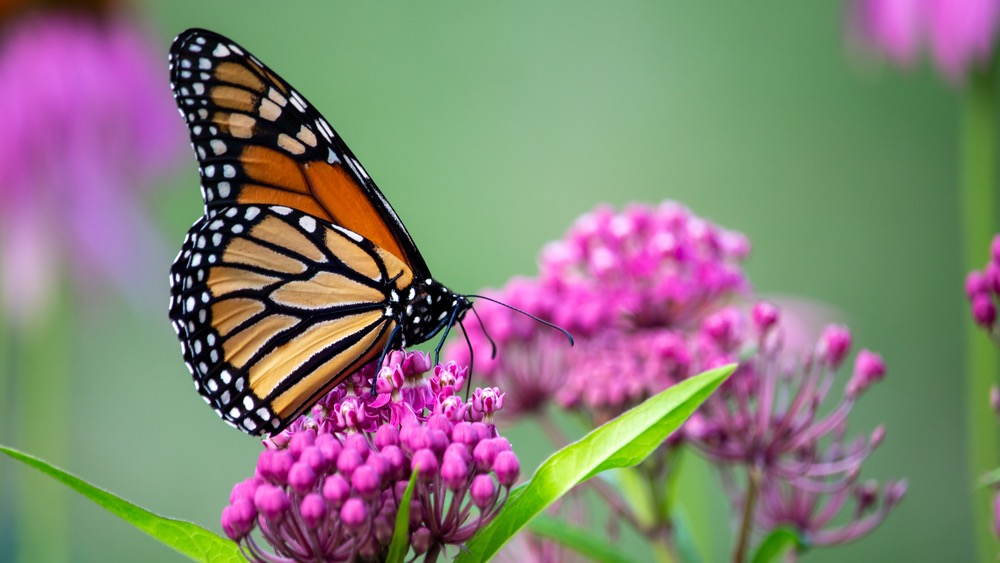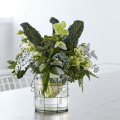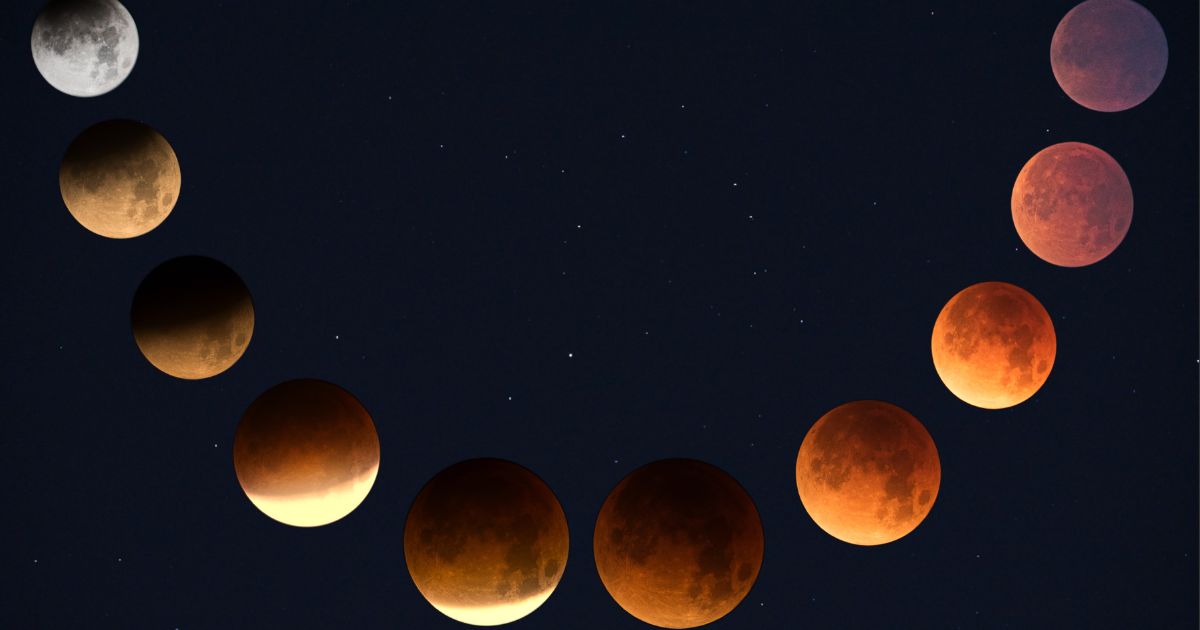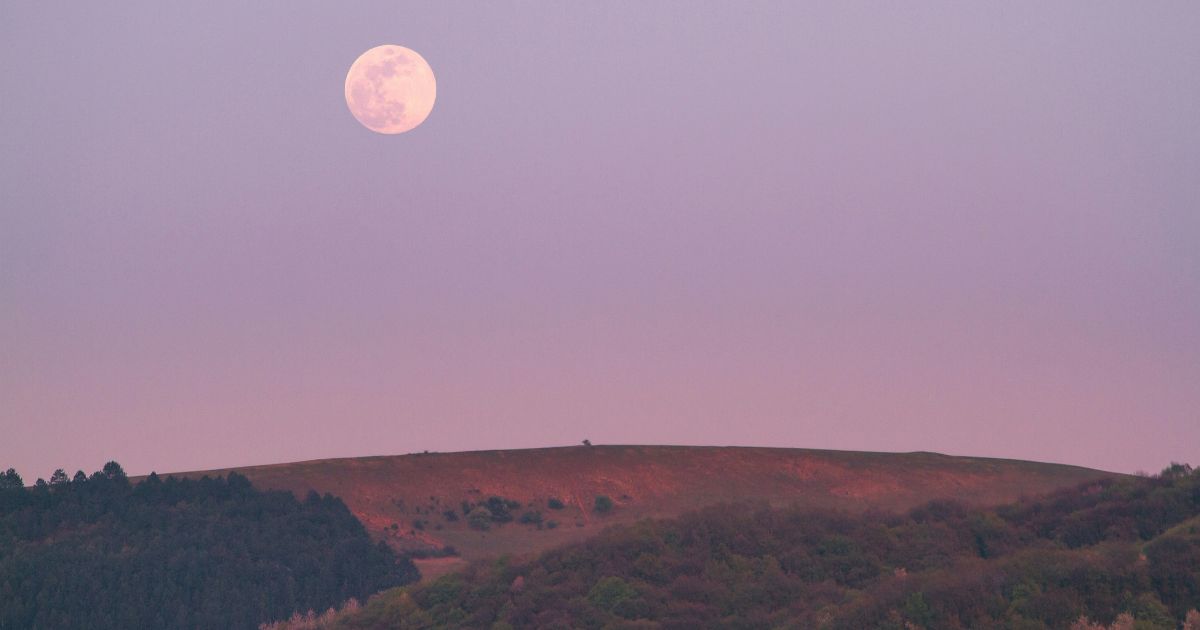Doesn’t it seem like everyone is talking about butterflies and bees right now?! That’s because these pollinators play a vital role in our natural environment, ensuring the reproduction of countless plants and contributing to the biodiversity of ecosystems. You can witness their mesmerizing beauty and actively support their populations by attracting butterflies, bees, hummingbirds, and other pollinators to your garden.

Why Are Pollinators Important?
Pollinators, including butterflies, bees, hummingbirds, bats, and other insects, are essential for pollination. They transfer pollen from the male reproductive parts of flowers to the female reproductive parts, enabling plants to produce seeds and fruits. This crucial process supports the reproduction of a wide range of plant species, including those that provide food and shelter to numerous other wildlife. Pollinators also contribute to the genetic diversity and resilience of plant populations, making them integral to the overall health of ecosystems.
Birds, bats, bees, butterflies, beetles, and other small mammals that pollinate plants are responsible for bringing us one out of every three bites of food. They also sustain our ecosystems and produce our natural resources by helping plants reproduce.
Pollinator Partnership
Research led by the Harvard T.H. Chan School of Public Health estimates that inadequate pollination has led to a three-to-five per cent loss in fruit, vegetable and nut production. This study was published in Environmental Health Perspectives and, “it shows that doing too little to help pollinators does not just harm nature, but human health as well,” says lead author Matthew Smith, a research scientist in the school’s Department of Environmental Health.
The good news is that by transforming your garden into a pollinator paradise, you can actively contribute to conserving and preserving these incredible creatures. By implementing these practices, you can support the complete life cycle of pollinators and foster a thriving ecosystem within your garden.

How to Create a Pollinator-Friendly Garden
- Provide Nectar-Rich Flowers. Select a variety of flowers that produce ample nectar, as this is a crucial energy source for pollinators. Include species such as bee balm, coneflowers, salvias, asters, and lavender, which offer long blooming periods and a continuous nectar supply throughout the season.
- Incorporate Native Plants. Native plants have co-evolved with local pollinators, making them particularly attractive and well-suited to the needs of regional butterflies, bees, and hummingbirds. Research native plant species in your area and incorporate them into your garden to establish a symbiotic relationship with local pollinators.
- Create a Colourful Palette. Pollinators are drawn to vibrant, brightly coloured flowers. Opt for diverse hues, including blues, purples, reds, oranges, and yellows, to attract a wide array of pollinators. Plant flowers in clusters or drifts to make them more noticeable and accessible.
- Provide Shelter. Include plants with dense foliage or create brush piles and rock crevices to provide shelter from predators and harsh weather conditions.
- Offer Water. Ensure a water source, such as a shallow birdbath with pebbles for perching, to offer hydration for visiting birds and insects.
- Avoid Pesticides. Eliminate the use of pesticides in your garden, as these chemicals can harm or even kill pollinators. Instead, embrace natural pest control methods and foster a healthy balance between pests and beneficial insects.
- Protect and Attract the Eggs and Larvae of Pollinators. Provide suitable habitat by incorporating host plants that caterpillars feed on, as they are crucial for butterfly and moth larvae survival. For example, plant milkweed to attract monarch butterflies or specific grasses for various skipper butterfly species.

Plants That Attract Pollinators
- For Butterflies: Butterfly bush, milkweed, coneflowers, zinnias, butterfly weed, and asters.
- For Bees: Lavender, salvia, goldenrod, and borage. Plus, these easy-to-grow favourites: cosmos, crabapples, sunflowers, foxglove, lantana, spirea and bee balm.
- For Hummingbirds: Cardinal flower, bee balm, columbine, salvia, penstemon, and trumpet vine.

5 easy-to-grow plants that attract pollinators
No matter how small, every garden can make a difference in supporting pollinator populations and creating a healthier, more sustainable natural environment. So, grab your gardening gloves, sow the seeds of change, and watch as your garden becomes a haven for these remarkable creatures.

Jennifer Reynolds, our previous Editor-in-Chief, is a long-time authority in gardening, do-it-yourself projects, urban sustainability, parenting, placemaking and community matters. Her features and columns have been published in Canadian Living, Canadian Family, Gardening Life, House & Home, Globe & Mail, National Post, Toronto Star & more. Plus, her designs and expertise have been featured on dozens of HGTV, W Network and CTV shows.











